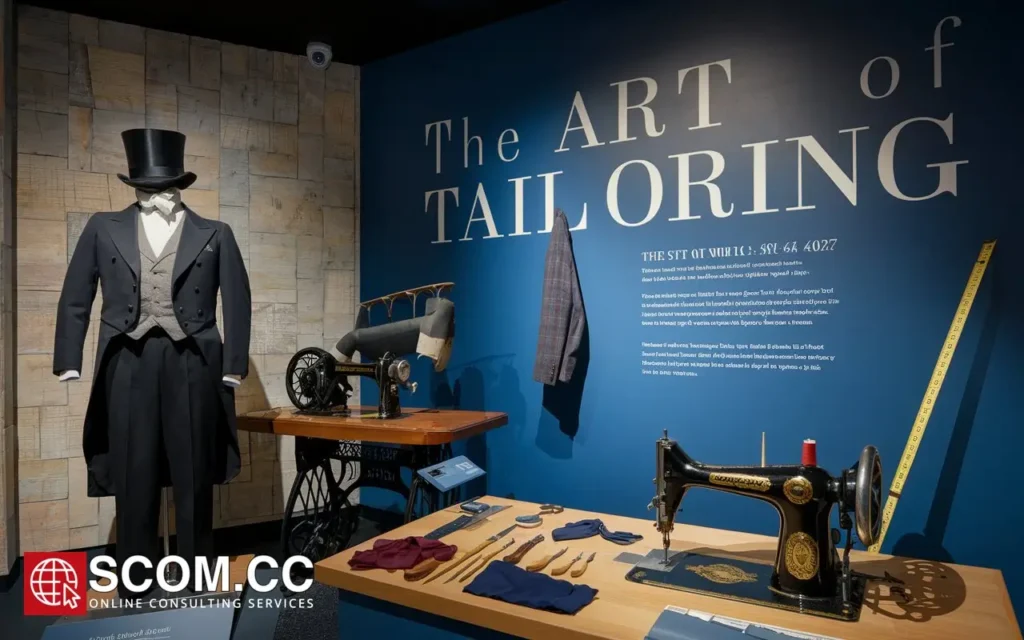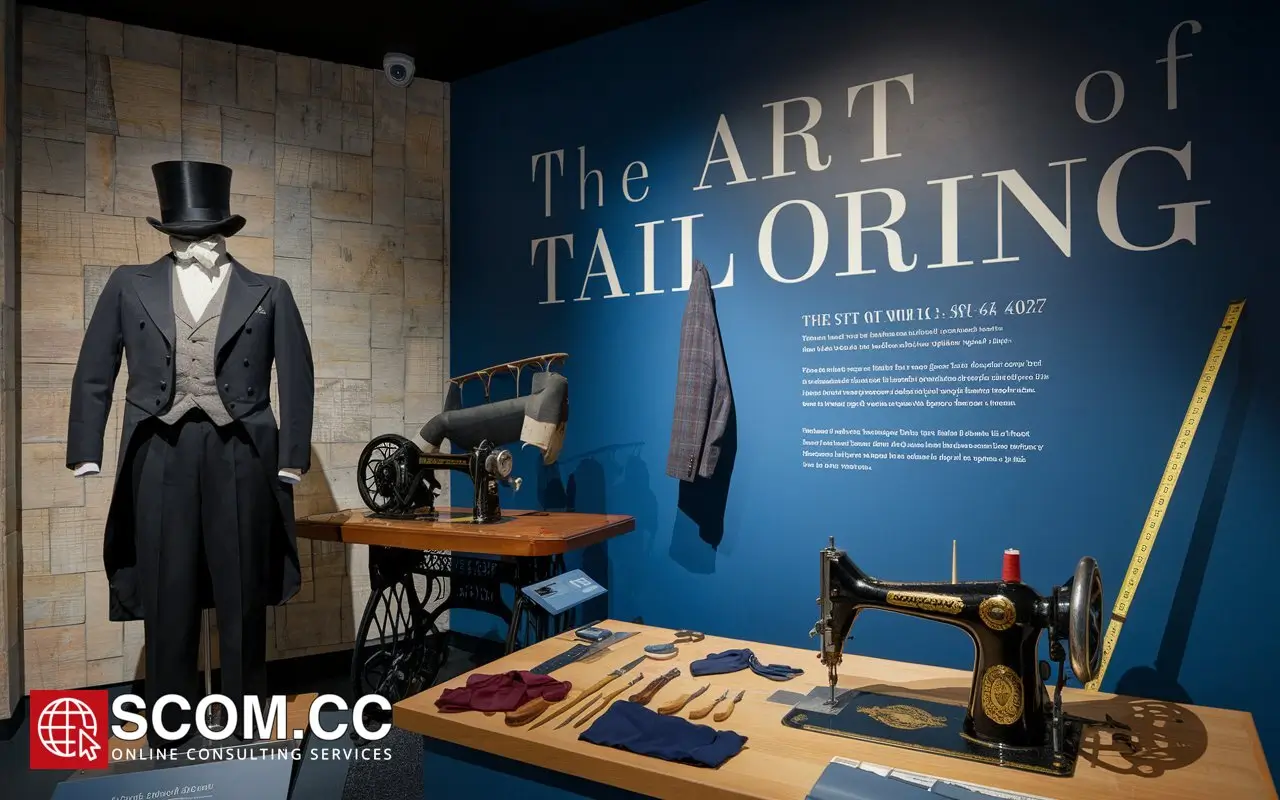What Historical Events Led to Major Changes in Suit Design?

- What Historical Events Led to Major Changes in Suit Design?
- 18th Century: The Age of Enlightenment and the Birth of the Modern Suit
- 19th Century: Industrial Revolution and the Democratization of Fashion
- Early 20th Century: World Wars and the Reinvention of the Suit
- Post-War Era: The Rise of Individualism and Fashion Icons
- Late 20th Century to Present: Globalization and Modern Innovations
- Conclusion: The Ever-Evolving Suit
-
FAQ
- What impact did the Age of Enlightenment have on suit design?
- How did the Industrial Revolution change suit design?
- What influence did World War I have on suits?
- How did World War II affect suit design?
- Why were the 1950s significant in the evolution of suits?
- How did counterculture movements in the 1960s and 1970s impact suits?
- What are the trends in suit design in the 21st century?
What Historical Events Led to Major Changes in Suit Design?
Introduction to the Evolution of Suit Design
The evolution of suit design is deeply intertwined with significant historical events that have shaped societal norms, cultural values, and fashion trends. From the aristocratic courts of Europe to the modern boardrooms of today, the suit has undergone numerous transformations. This article explores the major historical events that have led to pivotal changes in suit design, shedding light on how external influences have continuously reshaped this iconic garment.
18th Century: The Age of Enlightenment and the Birth of the Modern Suit
The Influence of the Enlightenment
The Age of Enlightenment in the 18th century brought about a shift in societal values, emphasizing reason, individualism, and a move away from the ostentatious styles of the past. This period marked the transition from the flamboyant and elaborate Baroque fashion to more restrained and tailored clothing. The suit began to take shape as a symbol of rationality and order, reflecting the intellectual ideals of the time.
George "Beau" Brummell, a central figure in English fashion, popularized the understated elegance of the three-piece suit, which included a jacket, waistcoat, and breeches. His influence on men's fashion during this period laid the foundation for modern suit design.
19th Century: Industrial Revolution and the Democratization of Fashion
Impact of the Industrial Revolution
The Industrial Revolution in the 19th century brought about profound changes in production methods, materials, and societal structures. As textile manufacturing became more mechanized, the availability of ready-to-wear clothing increased. This democratization of fashion meant that suits, once the exclusive domain of the aristocracy, became accessible to the emerging middle class.
Mass Production: The advent of mass production allowed for the standardization of suit designs. Tailors began producing suits in standard sizes, making them more affordable and widely available. The classic morning coat and frock coat became popular during this era, reflecting the needs of a growing urban workforce.
The 19th century was also a time of significant political change, with movements such as nationalism and republicanism influencing fashion. The Victorian era introduced a more conservative and somber approach to men's fashion, with suits reflecting the values of modesty and propriety. The lounge suit, a more casual and comfortable alternative to the formal frock coat, emerged during this period and laid the groundwork for the modern business suit.
Early 20th Century: World Wars and the Reinvention of the Suit
World War I and the Military Influence
World War I (1914-1918) had a significant impact on suit design, as military uniforms began to influence civilian clothing. The war necessitated more practical and functional designs, leading to the simplification of suits. The trench coat, originally a military garment, became a popular outerwear choice for men. The suit jacket also became more streamlined and utilitarian, reflecting the austerity of the time.
The Sack Suit: The sack suit, with its looser fit and lack of darts, became the standard business attire. This style reflected a departure from the tightly fitted jackets of the previous century, embracing a more relaxed silhouette that suited the post-war era.
World War II and Rationing
World War II (1939-1945) further influenced suit design, particularly through fabric rationing. Governments imposed restrictions on the use of materials, leading to the creation of the Utility Suit in the UK and similar styles in the US. These suits were characterized by their minimalist design, with narrow lapels, simplified construction, and the elimination of unnecessary details such as pleats and cuffs.
The war also popularized the double-breasted suit, which offered a more substantial appearance despite the constraints of rationing. After the war, the influence of military uniformity continued to shape suit design, with clean lines and structured shoulders becoming standard features.
Post-War Era: The Rise of Individualism and Fashion Icons
The 1950s and the Influence of Hollywood
The post-war era saw a resurgence of prosperity and consumerism, which significantly influenced fashion. The 1950s were marked by the influence of Hollywood and the emergence of style icons such as Cary Grant and Frank Sinatra. The classic two-button suit with a narrower lapel became the epitome of sophistication, reflecting the elegance and refinement of the time.
The Gray Flannel Suit: The gray flannel suit became a symbol of corporate America during the 1950s, representing conformity and success in the business world. This period also saw the emergence of the continental suit, with a shorter jacket and a more fitted silhouette, reflecting the influence of European fashion.
The 1960s and 1970s: Counterculture and the Rejection of Tradition
The 1960s and 1970s were decades of social upheaval and counterculture movements, which significantly impacted suit design. The traditional suit was challenged by more avant-garde and rebellious styles. The mod movement in the UK, exemplified by bands like The Beatles, popularized the slim-fitting suit with narrow trousers and short jackets.
The Peacock Revolution: The late 1960s saw the Peacock Revolution, where men's fashion embraced bold colors, patterns, and experimental designs. Suits became more flamboyant, with wide lapels, bell-bottom trousers, and intricate details. This era marked a departure from the conservative suits of the past, reflecting the growing desire for individual expression.
Late 20th Century to Present: Globalization and Modern Innovations
The 1980s: Power Dressing and the Influence of Wall Street
The 1980s were defined by the rise of corporate culture and the concept of power dressing. The power suit, characterized by broad shoulders, strong lines, and bold colors, became a symbol of success and authority. This period was heavily influenced by the financial boom and the portrayal of corporate life in films like Wall Street.
Designer Influence: The 1980s also saw the rise of designer labels, with fashion houses like Armani and Versace redefining the suit as a luxury item. The focus on high-quality fabrics and tailoring elevated the suit to new heights of prestige.
The 21st Century: Minimalism and Sustainability
In the 21st century, suit design has continued to evolve, influenced by globalization, technology, and changing cultural norms. The modern suit has become more versatile, with a focus on minimalism and clean lines. Slim-fit suits, popularized by brands like Hugo Boss and Tom Ford, have become a staple of contemporary fashion.
Sustainability: In recent years, there has been a growing emphasis on sustainable fashion and ethical production practices. This shift has led to the use of eco-friendly materials and innovative design techniques that reduce waste and environmental impact. Tailors are increasingly incorporating recycled fabrics and organic fibers into their suits, reflecting a broader trend towards conscious consumerism.
Conclusion: The Ever-Evolving Suit
The history of suit design is a testament to the enduring nature of this iconic garment. From the influence of historical events like the Industrial Revolution and world wars to the impact of cultural shifts and technological advancements, the suit has continuously adapted to the changing times. As we look to the future, it is clear that the suit will continue to evolve, reflecting the dynamic interplay between fashion, society, and history.
Summary Table: Major Historical Events and Their Impact on Suit Design
| Period | Historical Event | Impact on Suit Design |
|---|---|---|
| 18th Century | Age of Enlightenment | Introduction of the three-piece suit; focus on understated elegance and tailoring influenced by intellectual ideals. |
| 19th Century | Industrial Revolution | Mass production and ready-to-wear suits; standardization of sizes; popularization of the morning coat and frock coat. |
| Early 20th Century | World War I | Influence of military uniforms; trench coats become popular; introduction of sack suits with looser fits. |
| 1940s | World War II | Fabric rationing leads to Utility Suits; minimalism in design with narrow lapels and simplified construction. |
| 1950s | Post-War Prosperity & Hollywood Influence | Rise of the classic two-button suit and gray flannel suit; continental suits with more fitted silhouettes. |
| 1960s-1970s | Counterculture Movements | Introduction of mod suits and Peacock Revolution; bold colors, patterns, and experimental designs. |
| 1980s | Power Dressing & Wall Street Influence | Popularity of power suits with broad shoulders; designer labels elevate suits as luxury items. |
| 21st Century | Globalization & Sustainability | Shift towards minimalism and slim-fit suits; increasing focus on sustainable fashion and eco-friendly materials. |
FAQ
What impact did the Age of Enlightenment have on suit design?
The Age of Enlightenment led to the introduction of the three-piece suit, emphasizing understated elegance and tailoring that reflected the intellectual and rational ideals of the time.
How did the Industrial Revolution change suit design?
The Industrial Revolution brought mass production and ready-to-wear suits, making suits more accessible and affordable. It also standardized sizes and popularized designs like the morning coat and frock coat.
What influence did World War I have on suits?
World War I introduced military-inspired suit designs, such as trench coats and sack suits, which featured looser fits and more practical, functional elements.
How did World War II affect suit design?
During World War II, fabric rationing led to the creation of Utility Suits with minimalist designs, narrow lapels, and simplified construction. The double-breasted suit also gained popularity during this time.
Why were the 1950s significant in the evolution of suits?
The 1950s saw the rise of the classic two-button suit and the gray flannel suit, which became symbols of corporate success. Hollywood's influence also popularized elegant and refined suit styles.
How did counterculture movements in the 1960s and 1970s impact suits?
The mod movement and Peacock Revolution introduced bold, avant-garde styles in suit design, with bright colors, patterns, and experimental elements reflecting the era's desire for individual expression.
What are the trends in suit design in the 21st century?
In the 21st century, suit design has shifted towards minimalism and slim-fit styles, with a growing emphasis on sustainability and the use of eco-friendly materials in fashion.

To explore more about tailoring, visit our Blog of Tailoring. If you have any questions or need assistance, go to our contact page. Additionally, you can find more information about tailoring and consulting at this tailoring and consulting portal.

Leave a Reply